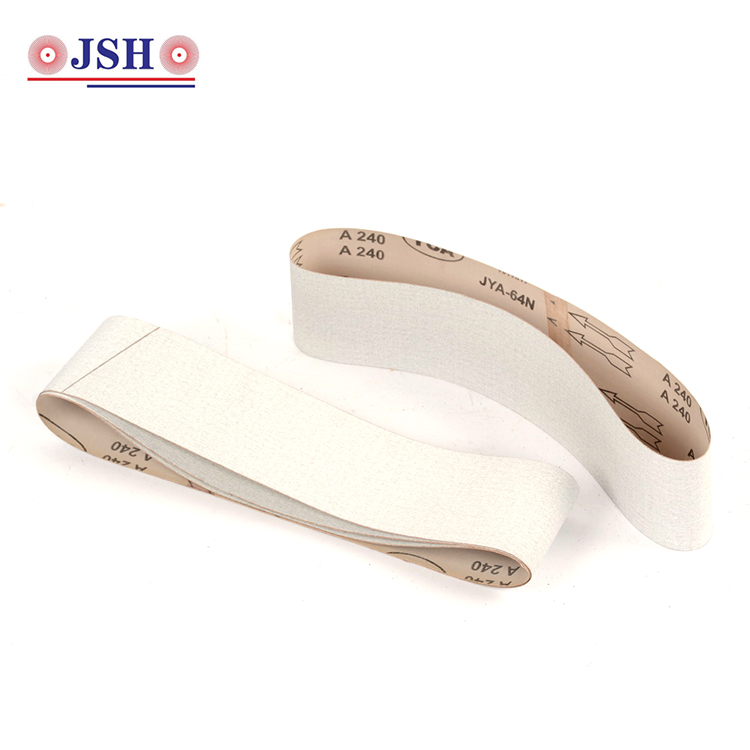When it comes to various industrial applications, choosing the right abrasive belt is crucial to achieving optimal results. Whether you are sanding, grinding, or polishing, selecting the appropriate abrasive belt can significantly impact the quality, efficiency, and cost-effectiveness of your work.

Before diving into the process of selecting an abrasive belt, it is essential to have a clear understanding of your specific application requirements. Consider the following aspects:
● Material: Identify the type of material you will be working with. Different abrasive belts are designed to work best on specific materials such as wood, metal, plastic, or glass.
● Operation: Determine the nature of your operation—whether you need to remove material, smooth surfaces, or achieve a polished finish. This will help you choose the appropriate grit size and backing material.
● Surface Area: Evaluate the size of the surface area to be worked on. For larger areas, you may require wider abrasive belts, while smaller areas may benefit from narrower belts.
The choice of abrasive material depends on the type of work you will be performing. Here are some common abrasive materials and their suitable applications:
● Aluminum Oxide: Versatile and economical, aluminum oxide abrasive belts are ideal for general-purpose grinding and sanding applications. They are effective on a wide range of materials, including wood, metal, and plastics.
● Zirconia Alumina: Offering exceptional cutting power and durability, zirconia alumina belts are particularly suitable for heavy stock removal on tough materials like stainless steel, cast iron, and high-strength alloys.
● Ceramic Alumina: Known for its aggressive cutting action and long lifespan, ceramic alumina belts excel in grinding applications that demand high material removal rates and extended belt life. They are commonly used in aerospace, automotive, and metal fabrication industries.
● Silicon Carbide: Designed for sanding applications, silicon carbide belts are excellent for working with hard or brittle materials like glass, stone, or ceramics. They provide fast stock removal and produce a smooth finish.
● Grit Size: The grit size of an abrasive belt determines its coarseness or fineness.
● Backing Material: The backing material provides support and stability to the abrasive grains.
● Belt Size and Shape: Choose the belt size and shape that best fits your application needs. Consider the dimensions of your workpiece and the type of equipment you will be using.
● Belt Joining: Pay attention to the method used for joining the belt ends. Common joining methods include butt joints, lap joints, and tape joints. Each has its advantages and suitability for different applications.
● Cost and Longevity: While cost is an important factor, it should not be the sole consideration. Evaluate the longevity and overall performance of the abrasive belt to ensure it offers a good balance between cost and value.

Selecting the right abrasive belt for your specific application is crucial for achieving optimal results in terms of efficiency, quality, and cost-effectiveness. With the right abrasive belt, you can enhance your productivity, achieve superior finishes, and extend the life of your equipment.
If you're still not sure if abrasive belts are right for the job you're planning, or if you have any other questions about sanding belts, please contact us! We look forward to hearing from you and offering you our expertise and guidance to ensure you get what you need.